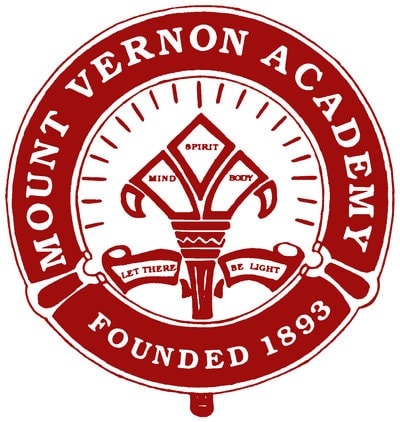
Updated
T
he Adventist Church’s top education official in North America called for a re-examination of the church’s system of boarding academies after the oldest one, Mount Vernon Academy, announced that it would close.
The indebted Mount Vernon Academy, which opened in Ohio in 1893, will close at the end of the current school year after missing a Feb. 10 deadline to raise $1.5 million, the first installment of the $3 million needed to keep it afloat.
“I believe the church needs to address the constituency model of education,” said Larry D. Blackmer, director of the education department for the church’s North American Division. “That is a radical statement, I understand. But yet we need to be stewards of the resources we have. It is difficult situation we must address as a church.”
The North American Division, which covers the United States, Canada, Guam, and Bermuda, has 36 boarding academies, a figure that Blackmer called high and a relic of a system from 50 to 70 years ago when more Adventists lived in rural areas and it was common practice to send children away to school.
“We do not need 36 boarding academies,” he told the Adventist Review on Wednesday. “What we need is a strategic plan to manage our system and not manage by attrition, which is our current model. How can we build a system of schools that will maximize the mission and function so that the maximum number of students are served in a financially feasible manner?”
Blackmer joins Robert E. Lemon, treasurer of the Adventist world church, in calling for change in the church’s U.S. boarding academies. Lemon wrote in the Adventist Review last month that the world has changed drastically since Mount Vernon opened and the Adventist Church needed to adapt accordingly, possibly by consolidating boarding academies.
“Although schools are still needed for academy-age students, we probably don’t require as many boarding academies as we once did,” Lemon said in a news commentary that sparked a lively discussion in other Adventist media and on social media. “The current situation is basically one boarding academy per U.S. conference. However, one boarding academy per union or trio of conferences probably would be sufficient.”
The constituents of Mount Vernon Academy decided at an emergency meeting in early January that the school needed $3 million, an amount equal to its annual budget, to remain open another school year. It set a deadline of Feb. 10 to raise the first $1.5 million and March 10 for the rest.
But the academy collected only $17,069 by Feb. 10, said Ron Halvorsen Jr, president of the Ohio Conference.
“Since we fell immeasurably short of the first financial deadline, MVA will have to cease operations at the end of this school year,” Halvorsen said in a statement late Tuesday.
He said through a spokeswoman on Wednesday that he might reconsider the decision if the school somehow raised the $3 million by March 10.
"If we do happen to receive $3 million, we can certainly reevaluate the situation," he said.
The academy, established on the advice of Adventist Church co-founder Ellen G. White, opened in 1893 in buildings once used by Mount Vernon Sanitarium, which closed two years earlier.
Halvorsen, who became Ohio Conference president last year, said Mount Vernon has suffered financial difficulties for years, so the decision to close it was a long time in coming.
“I have discovered that MVA has traveled this difficult road repeatedly for more than 30 years and even had a special constituency meeting about their future in 1984,” he said. “I believed we had time to work out a solution; this was not the case.”
He said matters became so urgent that the conference took out a $700,000 line of credit when the academy couldn’t pay staff salaries in August.
“Friends, we have no other credit available to us at this time, and our own conference finances cannot continue to support MVA beyond this school year, even if MVA tried to restructure itself at this late date,” he said.
He said secondary education remained a church priority in Ohio, and conference leaders would explore new ways to make it a viable option.
Ohio Conference spokeswoman Heidi Shoemaker said talks are ongoing about where to send the students next year, and several schools are communicating directly with the academy.
The academy has 85 students, including 35 from Ohio.
The Ohio Conference presently operates 16 elementary schools and Spring Valley Academy, a K-12 day school, Shoemaker said.
"We are thankful for the opportunity to provide Adventist Christian education to our Ohio Conference family and friends," she said. "Like many schools across the division, we face challenges and successes."
Blackmer, the North American education leader, voiced concern that some Vernon Academy students might not enroll in another Adventist school.
“I grieve when we lose any school because I know that many of the students that are there now are not going to continue in Adventist education,” he said. “Every child we lose is a loss to the church.”